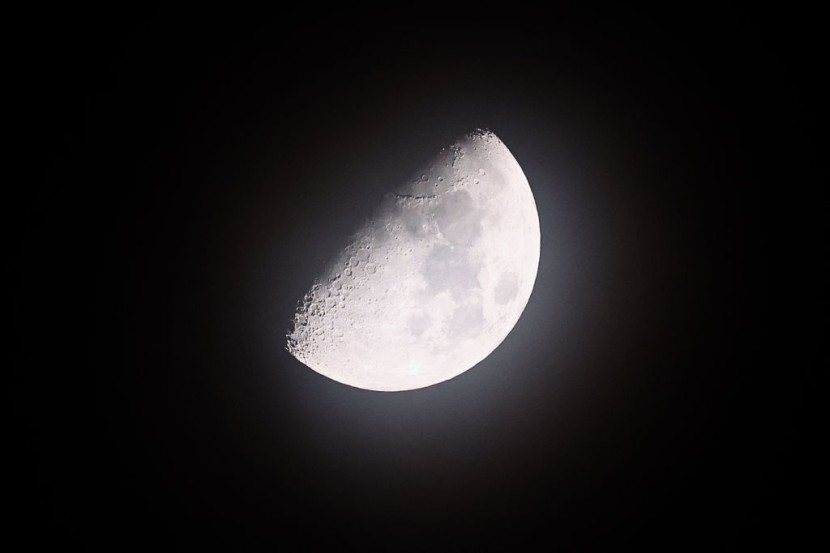Japan's Smart Lander for Investigating Moon (SLIM) spacecraft, nicknamed "Moon Sniper" successfully entered lunar orbit on Monday ahead of the Asian country's first-ever moon landing.
The Asian nation's first lunar landing is expected to come sometime next month and the SLIM spacecraft is designed to land within 100 meters of a specific target on the moon's surface. If Japan's mission is successful, it would make the country only the fifth to have landed a probe on the lunar surface, coming after the United States, Russia, China, and India.
Japan's Moon Landing Mission

In a statement on Monday evening, the Japan Aerospace Exploration Agency (JAXA) said that earlier in the day, SLIM entered the lunar orbit at around 4:51 p.m. Japan time. The agency added that the craft's trajectory shift was achieved as originally planned and that there was nothing odd about the condition of the probe.
The lunar lander's descent towards the moon is expected to begin around 12:00 a.m. Japan time on Jan. 20. The craft's landing on the surface is scheduled for 20 minutes after that time, as per Phys.org.
The lander was initially carried into space onboard the H-IIA rocket that launched in September from the southern island of Tanegashima. The lift-off was conducted after three postponements linked to bad weather in the area.
Earlier this month, JAXA said that the mission would be an "unprecedentedly high precision landing" on the lunar surface. The SLIM spacecraft is equipped with a spherical probe that was developed with the help of a toy company.
Comparing SLIM to previous probes that landed "a few or 10-plus kilometers" away from their targets, the Japanese spacecraft's purported margin of error of under 100 meters suggests a level of accuracy that was previously thought to be impossible.
Read Also : Chinese Spacecraft Launches 6 Unidentified Objects, Prompting US Defense Department To Monitor Situation
SLIM Spacecraft
Astronomers are hoping that a successful precision landing by the SLIM spacecraft would realize a transition away from an era of "landing where we can." Instead, they hope to move toward an era of "landing where we want" for future Moon missions, according to Kyodo News.
If the Japanese mission is successful, JAXA also hopes to be able to unravel the origins of the Moon by carrying out a composition analysis of rocks that are believed to be part of its mantle. However, if SLIM misses its January window for its lunar landing, the next opportunity would be around Feb. 16.
SLIM, which stretches 8.8 feet in length, was launched alongside XRISM, which is a powerful X-ray space telescope. While the latter is still in Earth's orbit, the former left the area on Sept. 30 when it started its long, circuitous, and energy-efficient route to the moon.
JAXA wrote in a mission description that by creating the SLIM lander, humans will be able to make a qualitative shift towards being able to land wherever they want and just where it is relatively easier to make a landing.
If everything goes according to plan, SLIM will deploy two mini probes onto the moon's surface after it touches down. These will be responsible for snapping photographs, helping mission team members monitor SLIM's status, and providing an "independent communication system for direct communication with Earth," said Space.
Related Article:
NASA Telescopes Capture Image of 'Christmas Tree Cluster' of Stars in the Milky Way
© 2025 HNGN, All rights reserved. Do not reproduce without permission.








